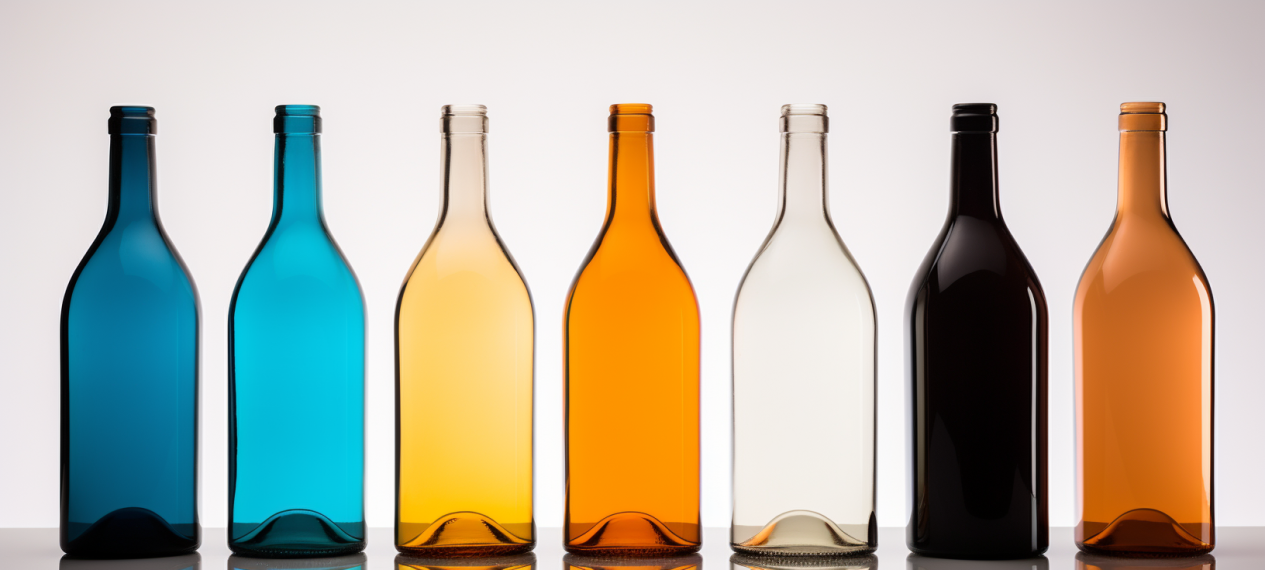
Background
Baclofen is a GABA-B receptor agonist and a centrally-acting muscle relaxant which has been approved for over 40 years for the treatment of muscle spasticity. Following media coverage of cardiologist Olivier Ameisen's positive experience with this drug, the off-label use of baclofen in high doses, i.e. up to 300 mg/day, in the treatment of alcohol use disorders (AUD) became widespread between 2008 and 2014.
In order to secure access to baclofen in the treatment of AUD, and pending the results of clinical trials, the prescription of baclofen outside the AMM was authorized by the ANSM under a temporary recommendation for use (RTU) from February 2014 for the specialties Liorésal® 10mg and Baclofène Zentiva® 10mg. This RTU made it possible to regulate the use of baclofen for the following indications: "Help in maintaining abstinence after withdrawal in alcohol-dependent patients who have failed other available treatments" and "Major reduction in alcohol consumption to the low level of consumption as defined by the WHO in high-risk alcohol-dependent patients who have failed other available treatments". With regard to practical prescribing procedures, baclofen could be prescribed by a physician at a maximum dose of 300mg/day, in adult subjects and after failure of treatments with marketing authorization for these indications (acamprosate, naltrexone, nalmefene, disulfiram). The recommended initial dose was 10mg three times a day, with a gradual increase to the lowest dose enabling optimal response and good tolerance. In March 2017, a new version of the RTU authorized the prescription of baclofen as 1st-line treatment for AHT. Finally, in July 2017, a third version of the RTU limited the maximum dosage to 80 mg/day, following the publication in 2017 of the results of the pharmaco-epidemiological study by Chaignot et al. showing a significant association between baclofen use and the risk of hospitalization and death. This association was particularly marked for doses above 180 mg/day.
In October 2018, the ANSM granted Baclocur® marketing authorization for the treatment of AHT, as a second-line treatment at a maximum dosage of 80 mg/day. Baclocur® was effectively marketed and made available in pharmacies in December 2020. In March 2021, the Transparency Commission of the French National Authority for Health authorized Baclofène Zentiva® to be prescribed for the treatment of AUD.
Objectives
The main aim of this retrospective observational study conducted using data from the French National Health Data System (SNDS) from 2014 to 2021 was to assess the effects of the October 2018 granting of Baclofen marketing authorization for TUA on the evolution of baclofen treatment initiations for TUA, in relation to treatment initiations in the neurological indication and initiations of other treatments indicated for TUA (Nalmefene, Acamprosate, Naltrexone, Disulfiram), as well as to measure the impact of the 3rd version of the RTU on baclofen doses.
Conference presentations
- Congrès de la Société Française de Pharmacologie et de Thérapeutique (SFPT) (12-14 juin 2023, Limoges) Use of baclofen for the treatment of alcohol use disorders between 2014 and 2021 in France
Ardillon A, Testud A, Fernandez V, Lapeyre-Mestre M, Delile JM, Payet C, Viprey M
- International Conference on Pharmacoepidemiology (ICPE) (23-27 août 2023, Halifax Canada)
Use of baclofen for the treatment of alcohol use disorders between 2014 and 2021 in France
Ardillon A, Testud A, Fernandez V, Lapeyre-Mestre M, Delile JM, Payet C, Viprey M
